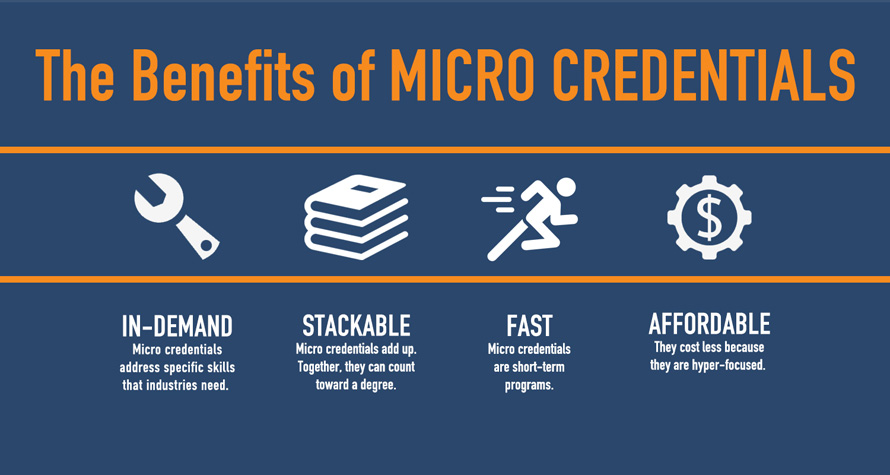Microcredentials are emerging as a promising trend in education, offering learners an opportunity to acquire specific skills and competencies in a short period. These credentials are typically smaller, more targeted, and more flexible than traditional degree programs, making them an ideal choice for individuals looking to upskill or reskill in response to changing job requirements.
Microcredentials can take many forms, including digital badges, certificates, and nano degrees, and they can be earned through a variety of channels, including online courses, workshops, and training programs. They are often stackable, meaning that learners can combine multiple microcredentials to create a more comprehensive portfolio of skills and competencies.
The benefits of microcredentials are many. They allow learners to acquire specific skills and knowledge quickly and efficiently, making them ideal for professionals who need to stay up-to-date with the latest industry trends and best practices. They are also cost-effective, allowing learners to acquire new skills without incurring the significant debt associated with traditional degree programs.
From an employer's perspective, microcredentials provide a way to assess a candidate's skills and competencies more accurately. This is because microcredentials are often based on specific, measurable learning outcomes, allowing employers to assess a candidate's proficiency in a particular skill or competency quickly.
As the demand for flexible, targeted, and efficient education options continues to grow, it is likely that microcredentials will become increasingly popular. They offer a way for individuals to acquire the specific skills and competencies they need to succeed in their careers, while also allowing employers to assess a candidate's skills more accurately. As such, microcredentials are likely to play a significant role in the future of education and workforce development.































